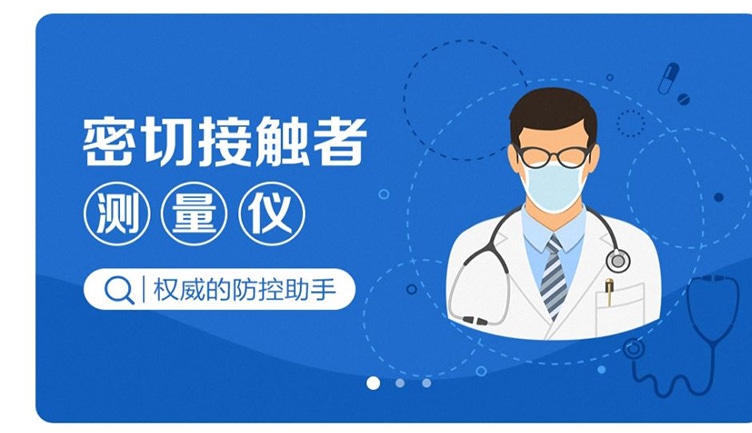China’s government bodies and businesses have jointly launched a mobile app to help the populace self-detect if they have been in close contact with those confirmed or suspected of carrying the novel coronavirus. The app has access to private data in the hands of multiple official holders.
February 12, 2020

China’s government bodies and businesses have jointly launched a mobile app to help detect if people have been in close contact with those suspected of carrying the novel coronavirus.
The app has access to multiple official holders of private data. By registering with his or her name and Chinese ID number, a smartphone user can use the app, called “Close Contact Detector” to check if he or she has been in proximity of those who are later either confirmed or suspected to have the virus. Such close contacts include travelling in the same train carriage or sitting within three rows on the same flight with those carrying the virus.
One registered user can check the status of up to three users by inputting their ID numbers and names. One ID number is limited to one check per day. The app will then return an assessment of which category the individual in question falls into: Confirmed case, Suspected case, Close contact, Normal. Xinhua, one of the major official propaganda outlets, reported that over 105 million checks have been made by users three days after the app was launched.
The app development was led by the government organisations responsible for health which was joined by China Electronics Technology Group, one of the country’s largest state-owned enterprises, as well as the leading smartphone makers Huawei, Xiaomi, OPPO, and Vivo. The backend data comes out of the National Health Commission, the Ministry of Transport, China State Railway Group Company, the state owned enterprise that operates all the rail transport in China, and the Civil Aviation Administration, the aviation regulator.
The fact that private travel data is made readily available to business entities without explicit consent from the individuals involved may raise plenty of eyebrows in places like Europe, but the attitude in China is different. “From a Chinese perspective this is a really useful service for people… It’s a really powerful tool that really shows the power of data being used for good,” Carolyn Bigg, a Hong Kong-based lawyer, told the BBC.
“Close Contact Detector” has been pushed out by the smartphone brands as a priority app to their users in China. It is unclear how or if promoting to users of other smartphone brands, iOS users, or non-smartphone users, will be conducted. Nor is it clear if there are plans to extend the coverage to residents without a Chinese ID number, such as foreign nationals staying in China.
Telecoms.com has learned that over the last few weeks there have been other online tools to help concerned users check if they had unknowingly come into contact with confirmed victims of the new coronavirus. The key difference from the new contact detector is that, in the earlier attempts, backend data was crowdsourced from publicly available information including the flight and train numbers of the confirmed cases published in the media.
Neither is contact detector the only use case where user data is playing a role. A recent video clip making rounds on social media shows a drone flying a blown-up QR code that drivers can scan to register before they enter Shenzhen after the long Chinese New Year break. The method is deployed presumably to prevent cars and drivers registered to the major disease hit regions from going through, as well as reduce human-to-human interaction. Xinhua reported that the Shenzhen Police, which is responsible for managing the local traffic and owns the automobile and driver data, is behind this measure.
About the Author(s)
You May Also Like








.png?width=300&auto=webp&quality=80&disable=upscale)


_1.jpg?width=300&auto=webp&quality=80&disable=upscale)


.png?width=800&auto=webp&quality=80&disable=upscale)